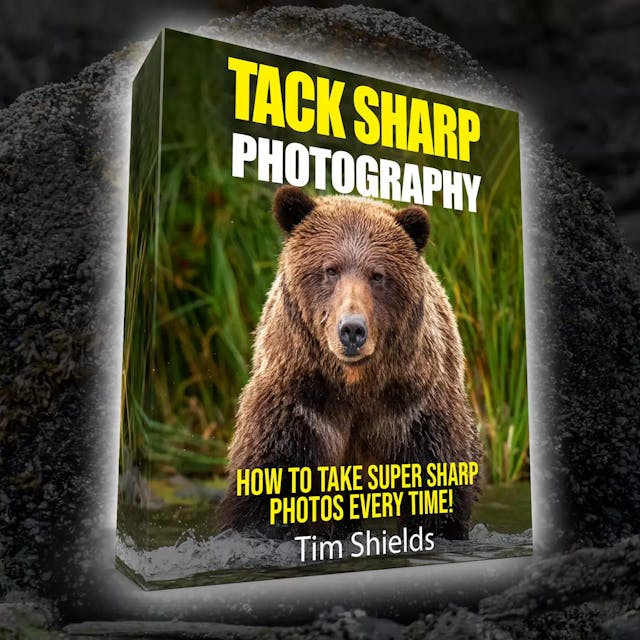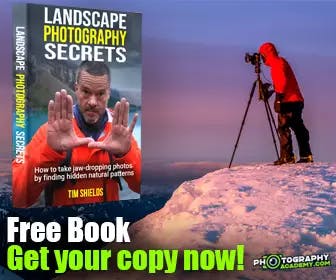Starting a landscape photography career is a daunting task. I know a lot of people who are completely capable of starting something, but just don’t put their foot hard enough on the gas. It took me quite a while to go down this path myself. But ever since I started, I haven’t once looked back.
Photography is a saturated market right now. And it feels like there’s only so much room for the Paul Zizka’s and Chris Burkhard’s of the world. But the truth is, people are looking for new images like never before. Sure, you can find thousands of examples of photos of the Grand Canyon, but I guarantee you there aren’t enough of your local town or city. Despite the number of photographers out there, that’s a niche that just hasn’t been filled because it doesn’t feel as sexy as traveling to the rocky mountains and photographing the Northern Lights.
Getting into photography has never been easier than it is today. Never before has there been so much free and accessible information in one place. High-quality cameras have also never been cheaper (based on inflation), and there’s never been an easier time to show your work to the entire world. All of that means there’s an opportunity here.
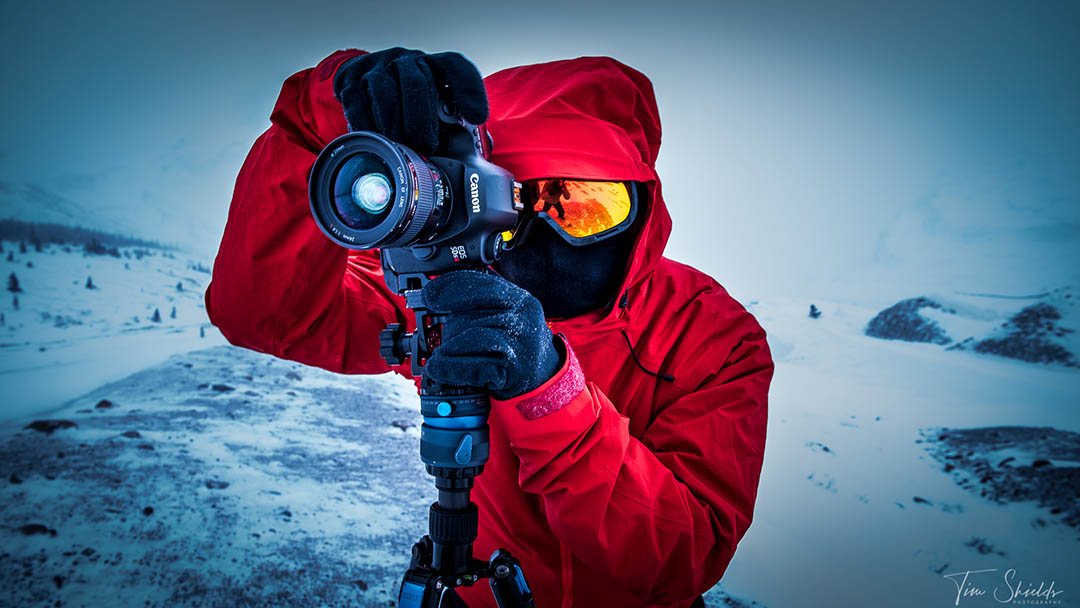
Why aren’t there more photographers making a living?
The biggest reason is that it’s hard to make money as a photographer off the start. Getting noticed takes time, and it feels like it’s all a game about who you know. It can take a long, concerted effort before your business ever takes off. The payoff is much slower than getting a job when you have a mortgage to pay.
That means if you have the time or the drive to do this, you’ll be way ahead of the competition. Because let’s be real, everyone out there has a camera that is capable of taking incredible photographs. Mobile phones are getting so good that they’re outshining DSLRs with sensors 4x the size. That’s because mobile phones do everything automatically, and use computational photography. DSLRs are just dumb in comparison. But if you know what you’re doing, a DSLR will get way better results than a mobile phone. The challenge is just getting there.
So how do you start a career in landscape photography? Here are my 11 steps to making this into a business.
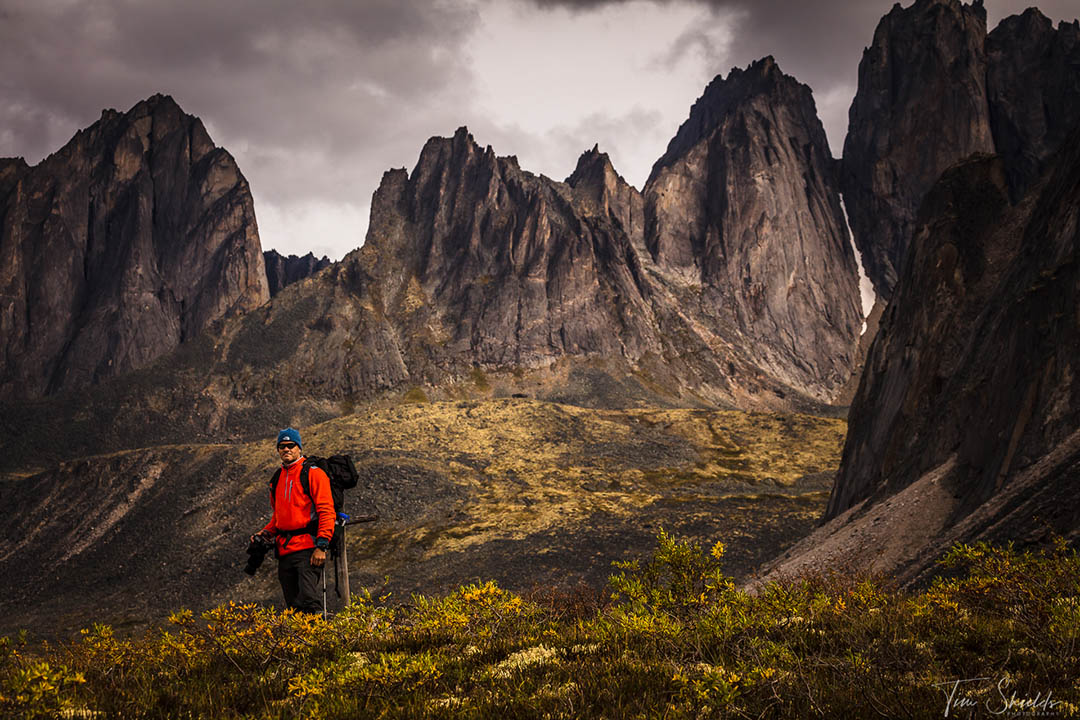
1. Start going on hikes
It’s easy to dream of going on hikes. Instagram, YouTube, Facebook and Tik Tok are all filled with people who seem to get outside on hikes every single day. But if you’re not in shape, or just too busy, it’s hard to actually get out there and hike.
That’s the biggest problem most people run into. If you can go out on the weekends, and even stop by a couple of vantage points on your way to or from work, you’ll be way ahead of the competition. Again, it takes time and work. You can’t become a landscape photographer if you don’t get outside and find impressive landscapes.
If you don’t have them, get a pair of hiking boots, and start heading out to the local trails. Look for compositions, light, and wildlife. And take photographs every time until you’re satisfied with the results.

2. Learn How to Compose Landscape Images
The hardest part about photography is learning to compose an image. Often what looks good to our eyes doesn’t make a good photograph. There needs to be contrast, drama, leading lines, and other variations that make the image pleasing to the eye.
That’s another factor that stops people from continuing with photography. There are all sorts of hurdles that every single photographer goes through. Hurdles like not being pleased with the images, not getting the kind of reactions they’re looking for, not getting enough likes on Instagram and Facebook. It can be extremely demoralizing at first, which is why so many never continue.
But once you start learning how to compose images, what makes the composition powerful, and what light will add the right contrast, your images will get better, and the results will start coming.
A couple of skills that made my photos work were learning to make HDRs, and panoramas. These two skills, combined with long exposures to soften water and skies, have made the biggest difference in my work. When you need a little inspiration, it’s always a great idea to check out the local galleries. Painters and photographers follow the same rules in their compositions, so why not learn from some of the best?
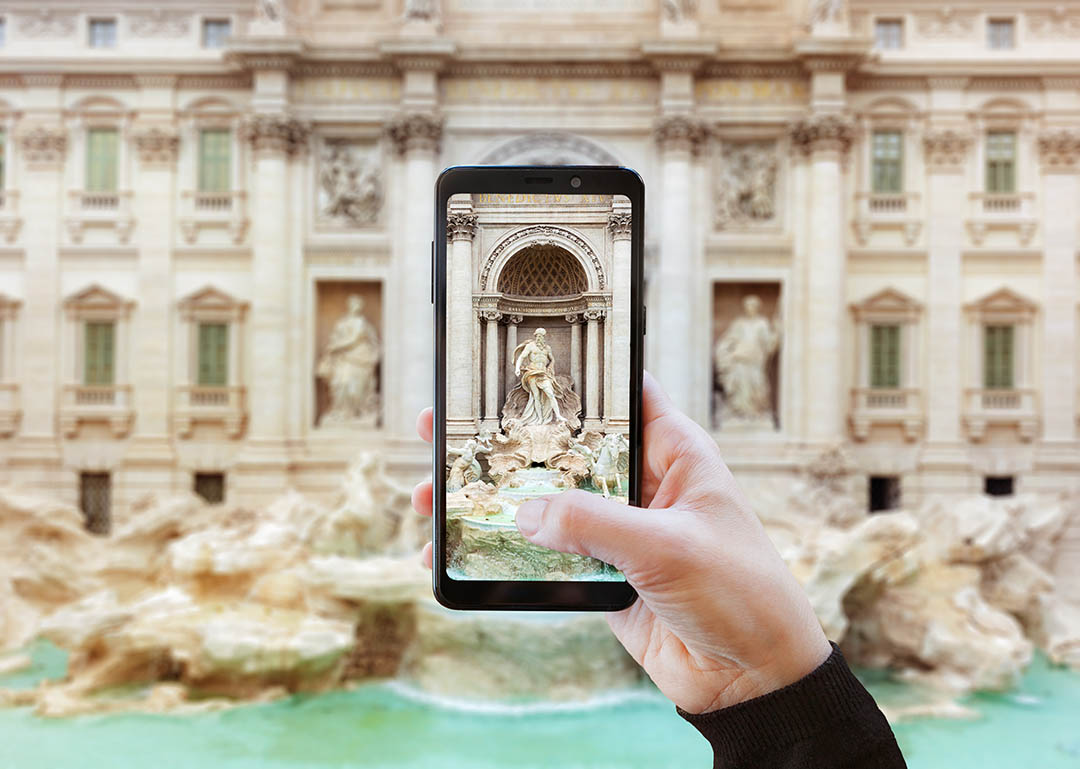
3. Build a social media presence
Once you’ve started getting some great photos that have done well on Facebook groups and other places, it’s time to start really putting effort into Instagram, Pinterest, and other social media sites. Try to post regular, high-quality content that fits next to each other. As someone who doesn’t like social media all that much, I’ve found the most success when I plan and schedule 3-4 months of content in advance. Learn to use color theory, and contrast to make your images stand out from the crowd. Try to make all the images look perfect next to each other so that your grid looks professional.
This keeps things consistent, and it makes me go on social media when I’m posting the photos. The best way to grow an account is to look at popular hashtags, and like some of the recent photographs instead of the popular ones. The popular photographs won’t get you much traction, but the smaller accounts will sometimes come back, take a look at your work and give you a like or follow. The big ones are so inundated with messages and other notifications that they typically won’t have time to come back and see your work.
That said, it’s always a good idea to leave a comment on some of the bigger accounts. Especially if it’s good, or funny, it can bring up some engagement with other accounts that may again come and check out what you’re up to. Social media is about being social. The more ‘social’ you are, the better your account will do.

4. Take the best photograph of your town or city
This is where you’ll start to see the biggest gains. If you’re from a smaller town or city, chances are people don’t see these places very much. But every town and city has something beautiful in it. Whether it’s the skyline, the view from a particular trial, or a landmark that could only exist there.
Make it a goal to take the best composition in or of your community. Once you do that, reach out to the local administrations, and chances are they’ll be looking for new photos. I actually worked for a mid-sized city once, and they could never get enough photographs of the municipality, for yearly reports and initiatives despite having the money and desire to purchase custom images. I remember we took some heat for using stock images when there were plenty of beautiful scenes to take photos of.
Once you can sell a couple of photos to them, it’s fairly easy to begin selling more, or build a retainer contract. This is a type of monthly, or bi-yearly contract that stipulates you’ll provide a certain number of photos in regular intervals for a specific dollar amount. They’re easier for you, and easier for the municipality because it guarantees fresh images, and the town managers will only have to make a budget request once. If they’ve ever gotten in trouble before, the town council will not fuss over a 3-digit contract.

5. Take the best photograph of your local region
Once you’ve got the best photo of your town/city, the next step is to move slightly outward. By now, I’m sure you’ll have gotten a thirst for seeing and taking more photographs. Getting out into the region takes more time and effort than taking photos at home.
At this point, you should be watching local weather reports and be ready to go when the conditions are perfect. For this reason, local photographers will always take better photographs than traveling ones who depend on always finding the perfect conditions, or risk not capturing anything at all.
It doesn’t matter what you think of your home region, there are people out there who dream of finding landscapes like the one in your backyard. Unless, your backyard is next to a garbage dump, of course. There are also natural phenomena that are distinct and create compelling photographs. Find some of these, learn about some cool places from friends, neighbors, and forums. Once you have that, start making a plan to capture those images in the best way possible.
Good photography requires a lot of planning. The more you plan your photos, the more likely you’ll be to get incredible photographs. Hobbyists will be the ones who just plan to go somewhere and hope for the best, or just take photos from a car window. They might get lucky sometimes, but they won’t be consistent enough to make a career out of it.
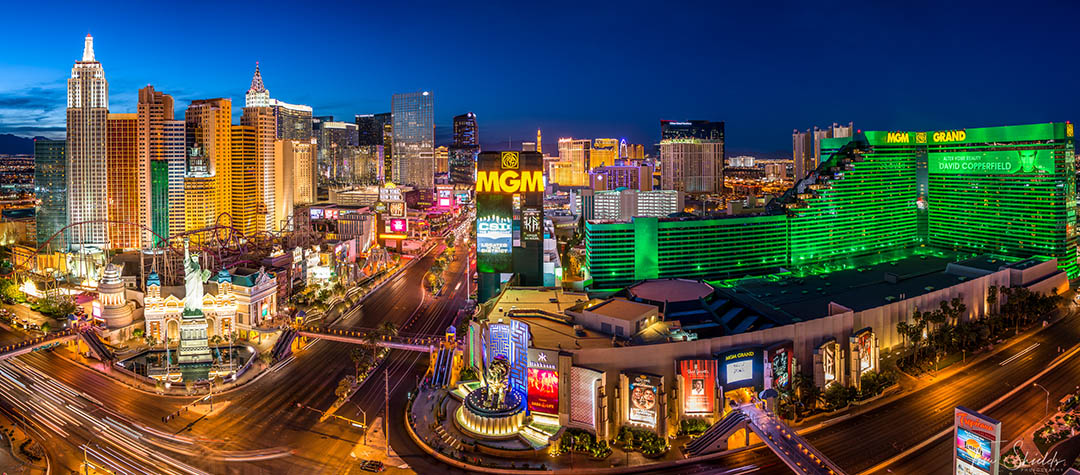
6. Build a Website
Once you’ve started amassing a large number of awe-inspiring images, it’s time to build a website. It doesn’t have to be anything too crazy, just one that highlights the images over everything else. Many successful photographers have simple websites — usually showing full-page galleries with an about me, and contact page.
When you’re hosting images on the web, use lower-resolution files and put watermarks on your images. If your images are too large, it’ll take a long time for viewers to load your website. If it starts taking more than 10 seconds, most visitors are going to head somewhere else.
The trick is to get the images as small as possible without making them look like garbage. WordPress will only show images that are 1080px wide, so going any larger than that is just going to result in viewers loading more data than they can see.
The goal of creating a website is to build trust. Potential clients want to see a professional portfolio space so that when they’re considering hiring you for a job, they have something more than just an Instagram feed to show their bosses. Make sure to build an “About Me” page, to tell the world who you are and why you’re shooting landscapes. Make sure to include a story or two — something for the viewer to hold onto that’ll show you care and are a real, trustworthy human.

7. Start planning trips for the purpose of taking a photo
Once you’ve finished taking all the best photographs in your region, and have sold some of the images and built an audience, it’s time to take your skills outside of your region. At this point, you’re likely still working full time, which doesn’t always give you the most freedom to travel long term. But there’s a lot you can see and experience in just two weeks, especially if it’s a well-planned trip.
Make sure if you’re traveling with family, that everyone knows your primary goal is photography well in advance. That way they can plan to do other things while you’re spending 6 hours reaching your destination, and 2 hours capturing the same photo as the sun goes down.
There are many photographs out there that only happen once or twice a year. So make sure you know what you’re doing, set an alarm, and get there early. There’s nothing worse than missing that perfect sunrise on the other side of the world because you were too lazy to get out of bed.
You’ll get some incredible photographs this way. Traveling is a great way to meet new people and build connections in other parts of the world. These connections can help you get jobs over the years, and start to help you build a bigger audience. In the end, it’ll also show potential clients that you have experience capturing authentic photographs no matter where you go. If it’s a tourism company, they need to know that if they fly you to their destination, give you a fancy place to stay and good food, that you’re going to deliver stunning photographs every time.
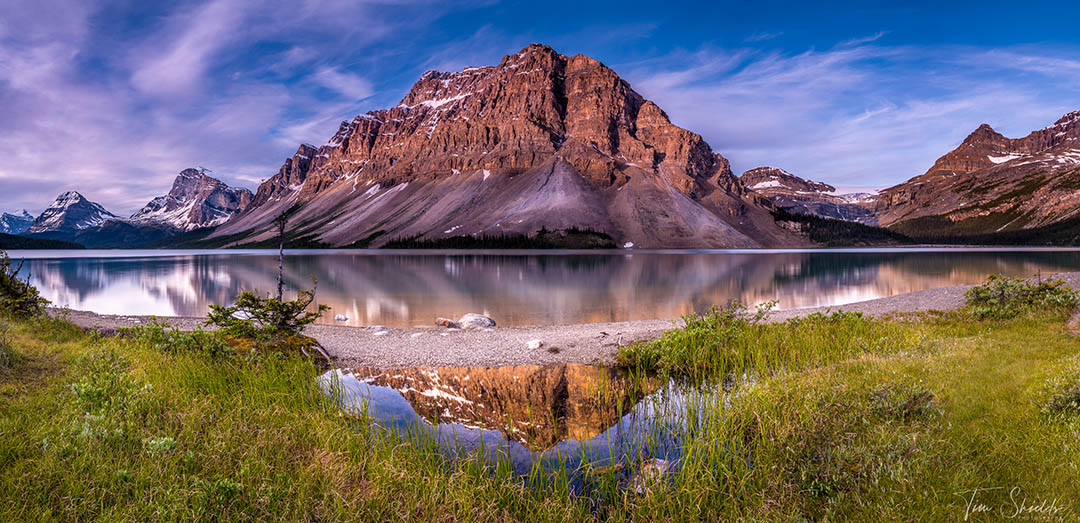
8. Make a book of your favorite photographs
Once you start getting more and more traction out in the field, selling photo books can be a great way to make a bit of extra money. It’s hard to sell prints, because they’re so saturated online, and are typically expensive. But photo books are cheap and allow your audience to better get to know your work. They also don’t require large, empty wall space.
Take a cohesive set of photographs from a single location or on a specific theme, and put them together into a book, or in items like calendars. Books look their best when the images flow together. But calendars are more interesting when it’s an assorted set of imagery, lined up with the months. Calendars are less expensive, but they’re much easier to produce, and can help create repeat clientele. Even though calendars don’t sell as well as they used to from traditional shops, there are still plenty of people interested in them — especially if they know your work personally.
There is also no better feeling in the world than seeing your photos grace the glossy pages of a high-end feeling book.
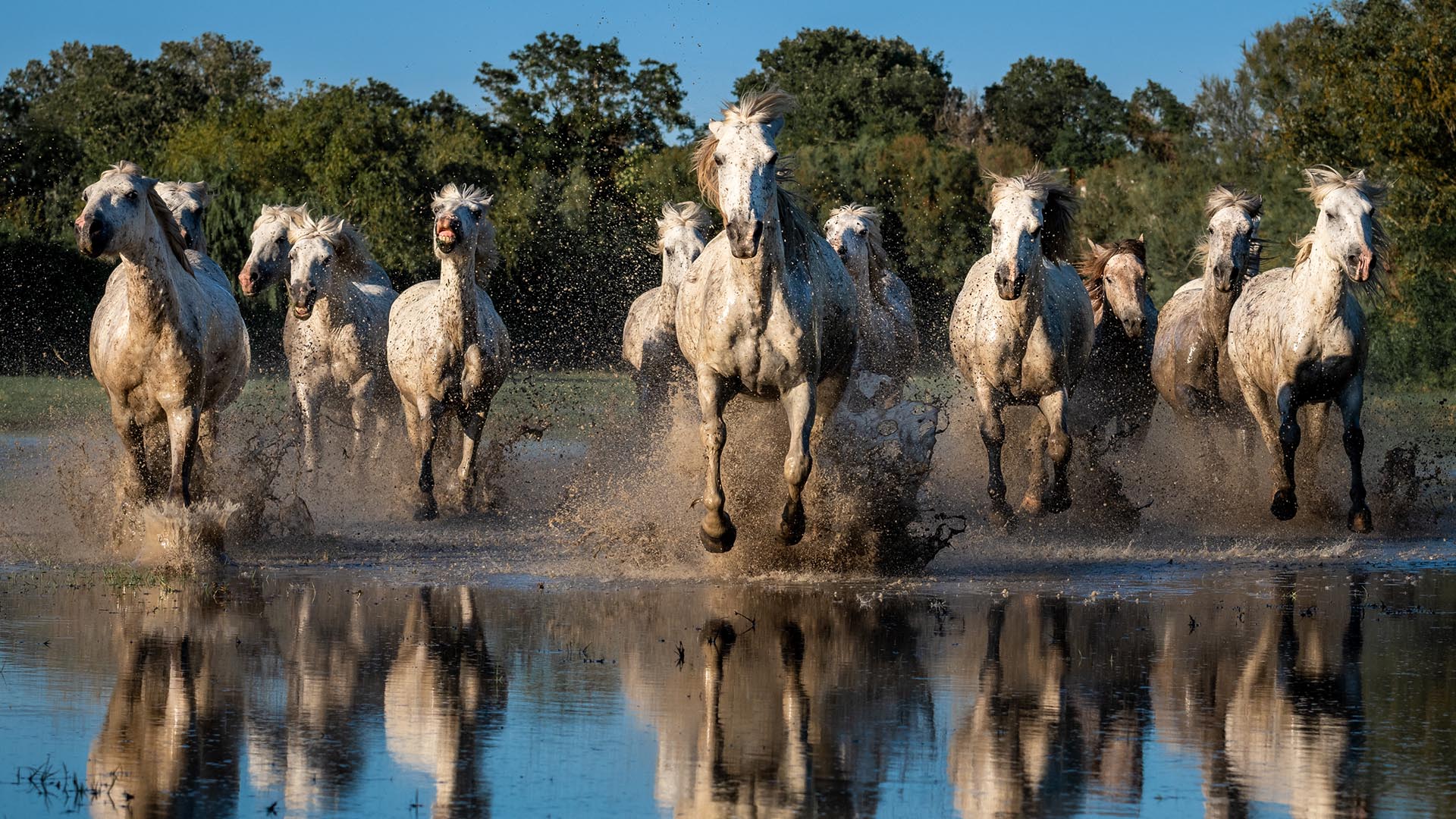
9. Start sending your best photos to competitions
There is no perfect time to start sending your photos to competitions. But the best indication of when it’s time is when people start to really appreciate your work. There are thousands of competitions out there, and many of them cost only $5 or $10 to enter. At first, you probably won’t win the big awards, but the judges often give good feedback on the submitted work. Take the opportunity to learn and make it a goal to come back and win more at the next competition.
Photo awards are great opportunities to get your work shown to large audiences and to have it published in different parts of the world. And newspapers love to feature the winners of some of the more prestigious awards because these images always get a ton of clicks. Having those backlinks, and more eyes on your work will help you grow over time. It’s also cool to put those badges on your website for bragging rights.
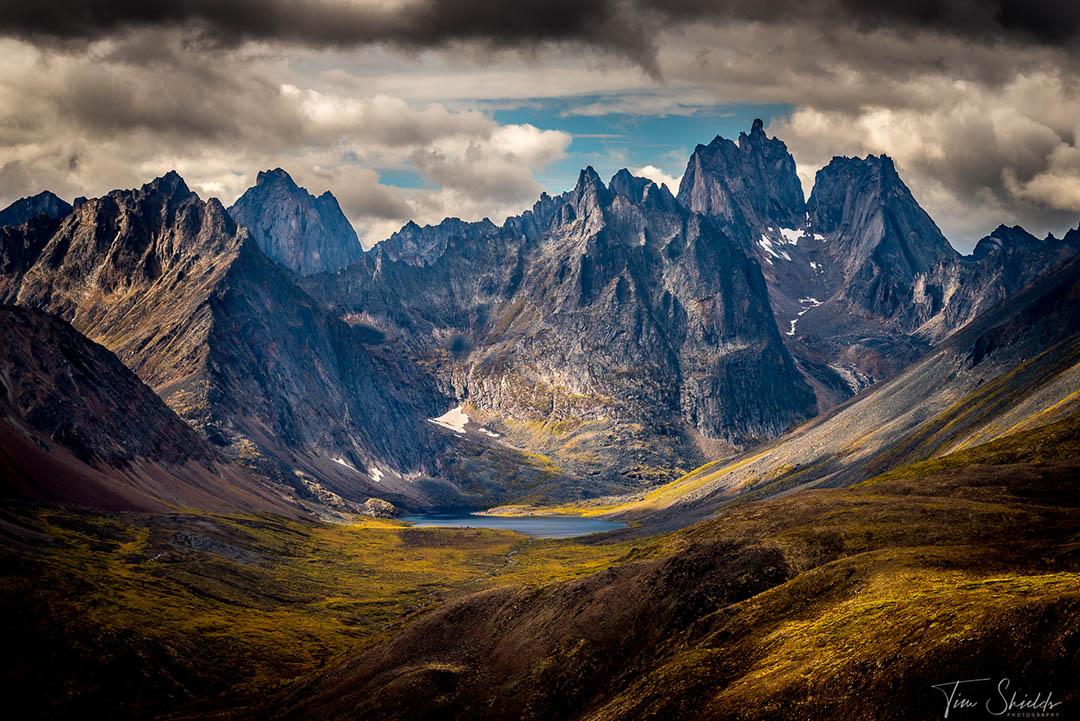
10. Develop a story around your career
Developing a narrative about who you are and what your career’s work means is a fundamental step on a fine art photography career It’s not necessary, but it can help create a captive audience and bring more value to your work long term.
People who take beautiful photographs still do very well. But people who take photographs for conservation purposes, like Paul Nicklen, Edward Burtynsky, and Tom Hegen got their names because of the message their work is trying to tell. They get access to places no one else in the world is able to see, and also have access to different funding streams because their work comes with a message.
Having a story, or narrative is not strictly necessary. But it can be a major factor that makes your work stand out above the crowd. The secret to crafting a good story is to make it something real. Do not make one up — but if your goal is conservation, or getting kids out learning about wilderness, build that narrative into your work. Express it on your social media posts, and put up a paragraph or two in your bio. This is a great way to connect and build an audience centered around something real.
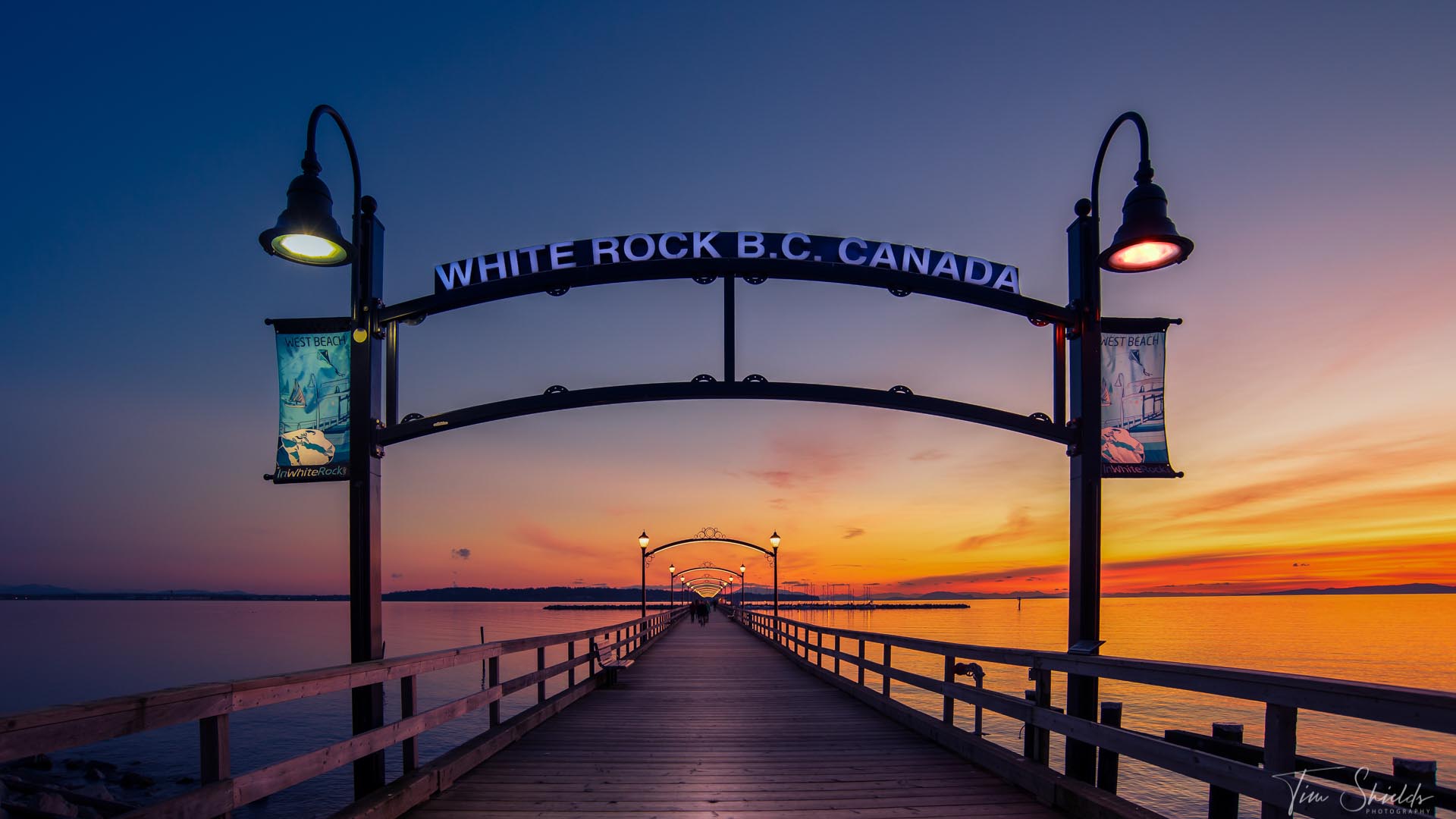
11. Get featured in blogs, YouTube videos, magazines, and local newspapers.
As you build your career, the best way to build an audience quickly is to get in touch with blogs, YouTubers, and podcasters. If you can have your work featured, or be interviewed on one of these, it can be a great help in promoting your photography. This builds a lot of trust in your work and gets your images in front of fresh audiences.
Podcasters, YouTubers, and bloggers also love this content because it makes their job easier. Especially if you promote it through your channels, it’ll be a win-win for everyone involved.
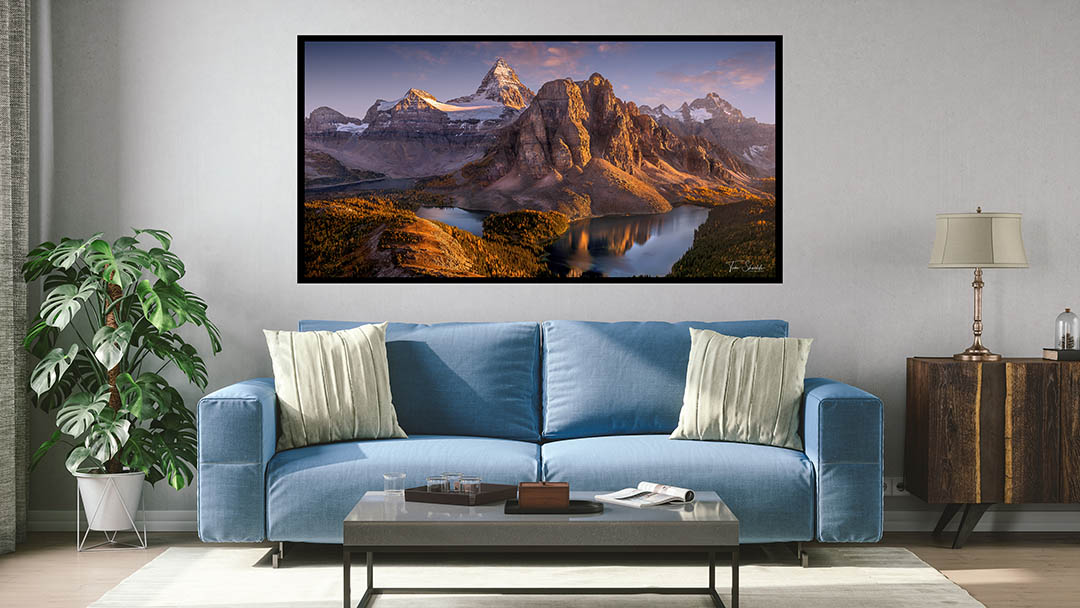
12. Reach out and submit your photographs for galleries
Submitting your work to local galleries can happen at any time. But they’re much more likely to take your work when they can see that you have a larger audience. Galleries are more likely to sell your images if they show local scenes, and have experience outside of the area.
They typically only have so much shelf space and have to sell a large volume of work to stay profitable. Especially during the Covid-19 Pandemic, a lot of galleries are struggling as there are limited visitors, and fewer people with disposable income to purchase work. So taking on an unknown artist may be out of the question for a lot of them unless the work is something special.
But getting work in a gallery is another great way to promote your photographs. The long-term goal is always to have your own storefront that shows your work almost exclusively. But when you’re getting started, that’s too big of a risk to take.
Learn the skills you need to get started today
 This is one of the most in-depth articles I’ve written on how to become a photographer in 2021. It has a lot of secrets that I’ve never published anywhere else. But this is only one step in the process. Knowing the moves to make is only good if you’re able to take the photos that make these steps actionable.
This is one of the most in-depth articles I’ve written on how to become a photographer in 2021. It has a lot of secrets that I’ve never published anywhere else. But this is only one step in the process. Knowing the moves to make is only good if you’re able to take the photos that make these steps actionable.
Over my years as a photographer, I’ve won a number of international awards for my work, and have trained over 200,000 photographers on the secrets of landscape photography. Many of those people are out there right now taking incredible photographs, and even winning some awards of their own. This is my ultimate goal as a photographer, and I love nothing more than helping them get there. That’s why I created the Photography Transformational Masterclass. In this class, I’ll teach you my easy 4-step process for taking award-worthy landscape photographs with the camera you already own. I also offer live teaching, and a number of other perks that’ll help you skip some of these steps along the way to becoming a successful, fine-art landscape photographer. Sign up for my free online webclass today to learn more!


